Bonding and grounding are very effective techniques for minimizing the likelihood of ignition from static electricity.
A bonding system connects various pieces of conductive equipment and structures together to keep them at the same potential. Static sparking cannot take place between objects which are at the same potential.
Grounding is a special form of bonding in which the conductive equipment is connected to the facility grounding system in order to prevent sparking between conductive equipment and ground.
Bonding and Grounding
In potentially flammable locations, all conductive objects that are electrically isolated from ground by nonconductors such as nonconductive piping or hoses, flexible hoses, flexible connections, equipment supports or gaskets should be bonded.
An isolated conductive object can become charged sufficiently to cause a static spark. Objects that can become isolated include screens, rims of nonconductive drums, probes, thermometers, spray nozzles and high pressure cleaning equipment.
In order to successfully achieve the objective of the same ground potential for all materials and their containers when there are additional and/or redundant grounding systems, and particularly when there are supplementary grounding electrodes, all such grounding electrodes and systems must be interconnected as required by the NEC and NFPA Lightning Protection Code.
Bonding and grounding conductors must be durable and of a low resistance. Connections of bonding conductors to equipment must be direct and positive for portable equipment. Clamps must make contact with metal surfaces through most paint, rust and surface contaminates. Single point clamps are superior to battery type and “alligator” type clamps for making direct contact.
Caution must be exercised in the installation of static grounding systems so that no part of the electrical currentcarrying system is used as a ground. Fires have occurred in plants where static-control grounds were tied into the electrical system neutrals. These neutrals must never be part of the ground system except at the service entrance or other approved common bonding point.
Testing and Inspection of Bonding and Grounding Systems
The proper installation of bonding and grounding devices is important in the protection of personnel and equipment. At the time of installation, a resistance test is needed to confirm electrical continuity to ground. In addition, an effective inspection and periodic maintenance program is needed to ensure that continuity exists throughout the system.
In evaluating maintenance requirements, the bonding and grounding requirements can be divided into three categories:
- The point type clamps equipped with flexible leads used for temporary bonding of portable containers to the facility grounding system.
- The fixed grounding conductors and busbars used to connect the flexible leads and fixed equipment to ground.
- The facility grounding system.
The flexible leads are subject to mechanical damage and wear, as well as corrosion and general deterioration. For this reason, they usually should be uninsulated and should be inspected frequently. This inspection should evaluate cleanliness and sharpness of clamp points, stiffness of the clamp springs, evidence of broken strands in the conductor and quality of the conductor connections.
A more thorough inspection should be made regularly using an approved ohmmeter to test electrical resistance and continuity. One lead of the ohmmeter is attached to a clean spot on the container, the other lead is connected to the facility grounding system. The measured resistance should be less than 25 ohms and will usually be about 1 ohm. Shake the leads to make sure that the contact point and the leads are sound. Do not rely on contact through dirt or rust.
The fixed leads and the busbar are not usually subject to damage or wear but should be annually checked with an ohmmeter. They are checked between the leads or bus and the facility ground. The measured resistance should be less than 1 ohm.
Conductive hoses should be checked regularly and after any repairs are made. The conductive segments may break or may not be properly repaired. Nonconductive hoses with an internal spiral conductor should be installed so that the spiral conductor makes contact with the adjacent metallic fittings. Shake the hose whenever possible when making the measurements.
Facility Ground System
The final component of the static bonding and grounding system is the facility ground system. The facility ground must conform to the rules of the NEC. Underground piping equipped with cathodic protection should not be used as the grounding system.
Do you face any problems with Bonding and Grounding? Share with us.
Reference: erico
Read Next:
- Importance of Grounding System
- What is a Ground Detector?
- Neutral Grounding in Power System
- Step and Touch Potential in Ground
- Cable Fault Identification Methods
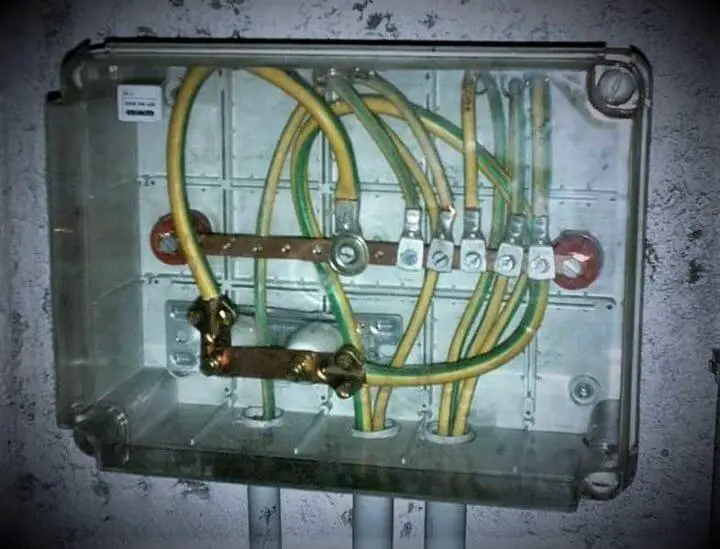
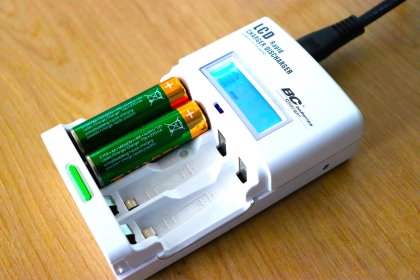

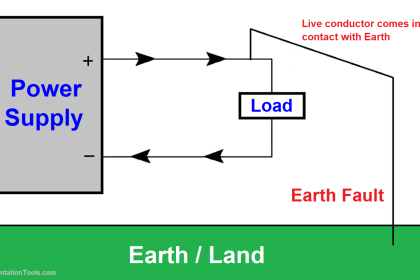
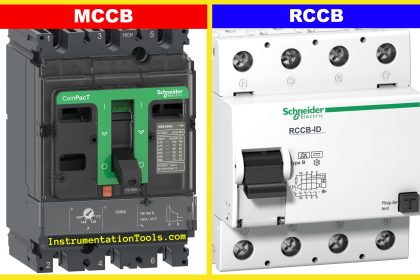
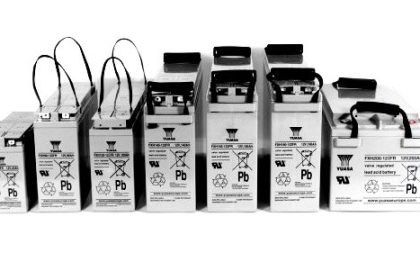
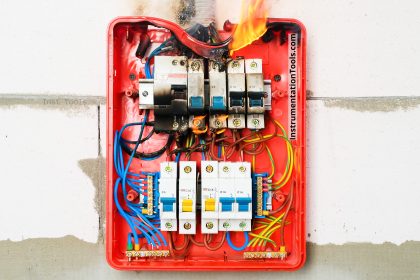



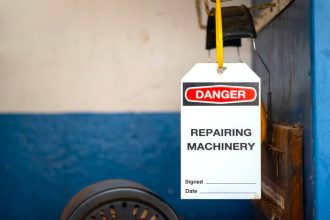

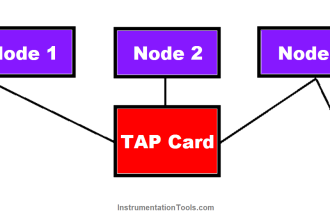
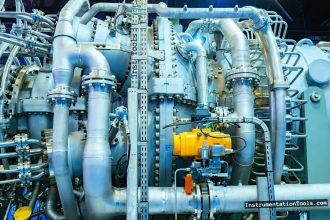

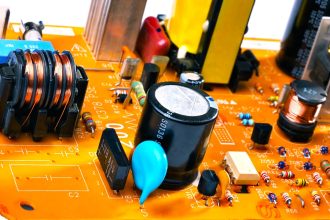
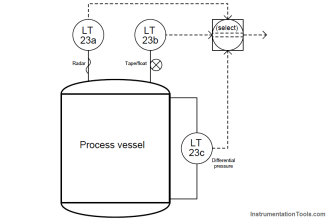

I installed a grounding wire from the negative bus bar to my grounding plate. Now I read 900Ohms of resistance. Is this not very high for a grounding purpose? What would be good numbers?
Thanks.